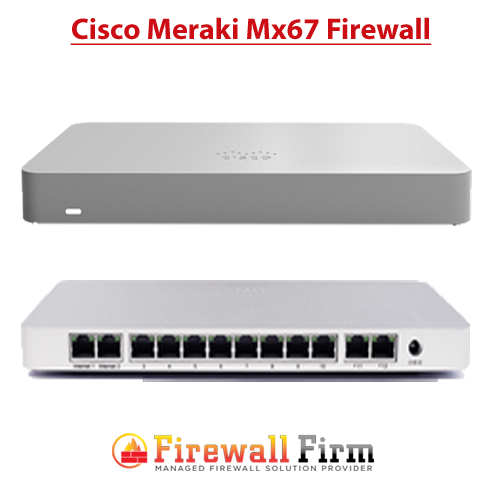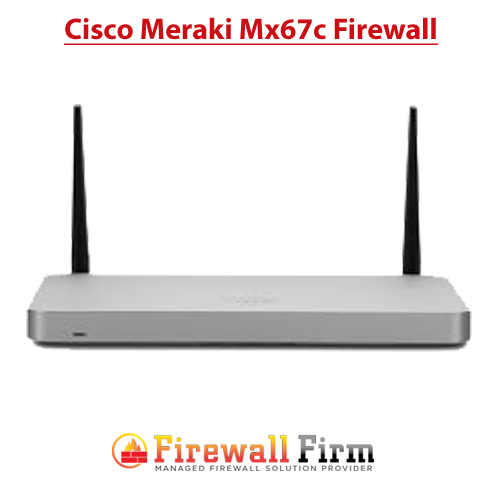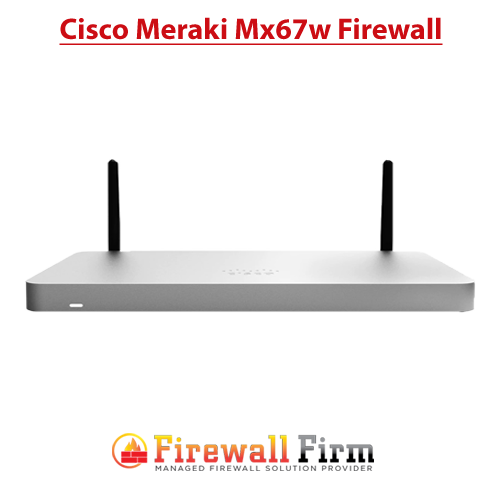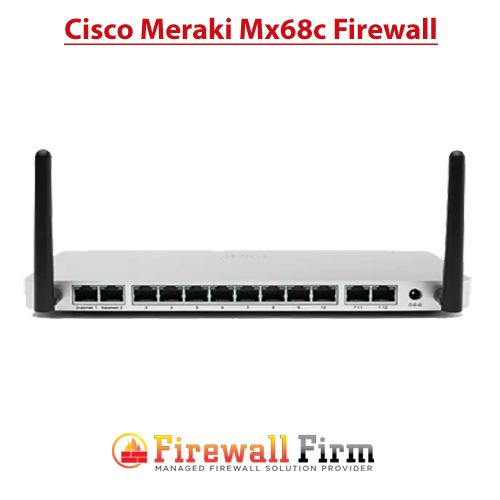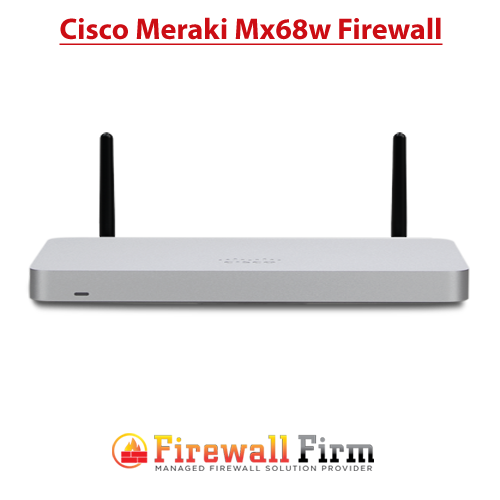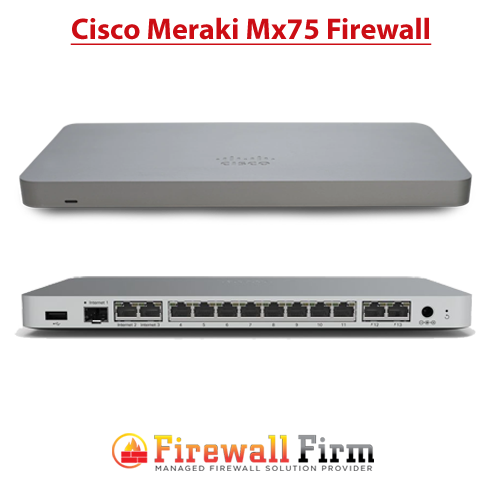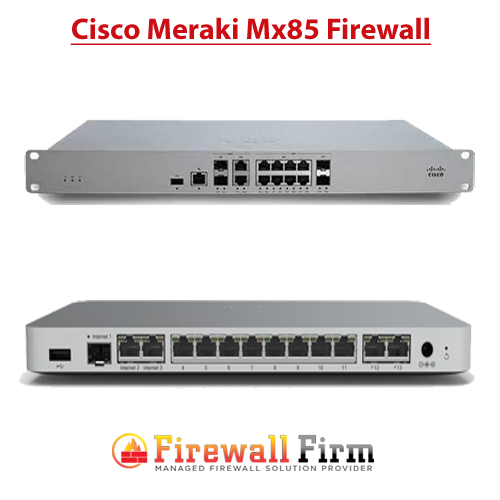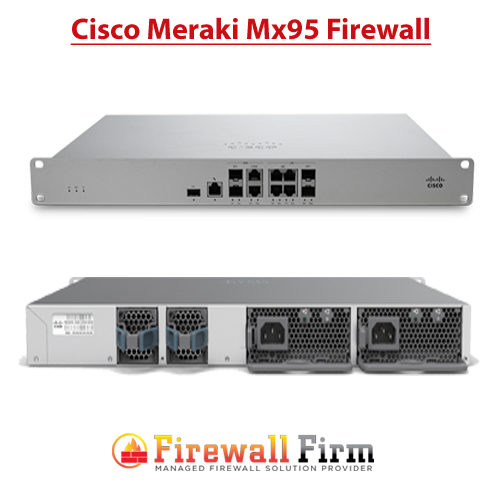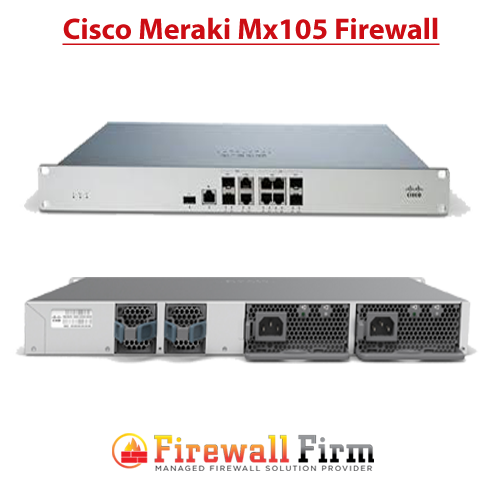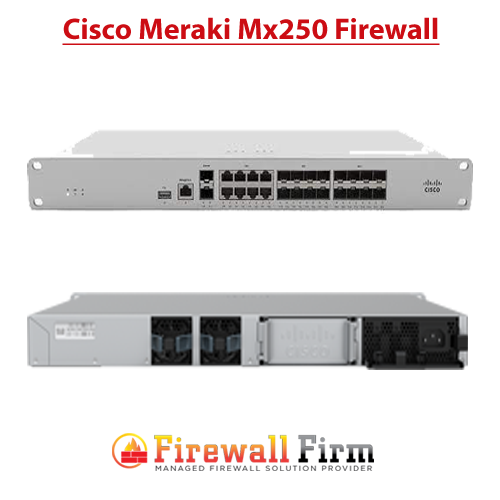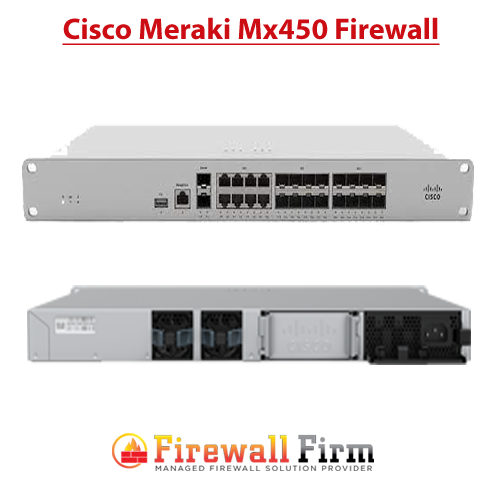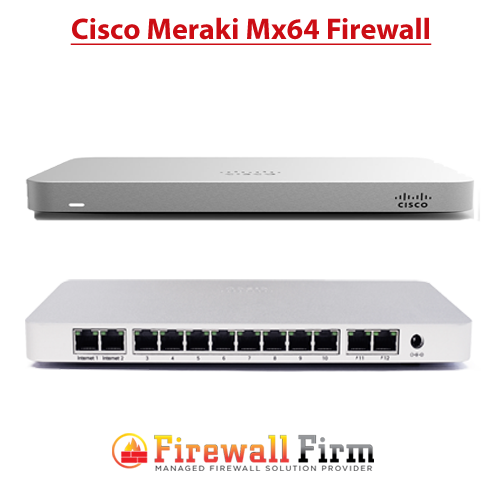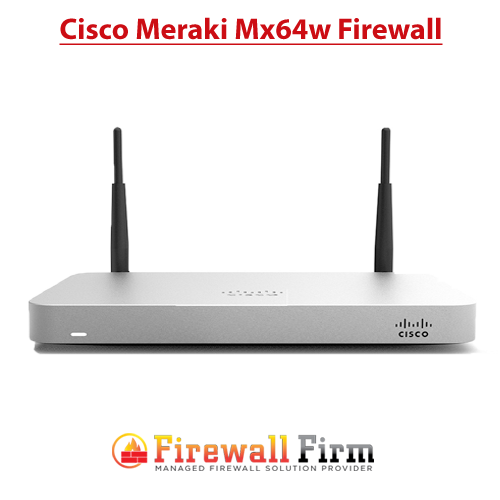Cisco Meraki Firewall
Buy Cisco Meraki Firewall online from Firewall Firm’s IT Monteur Store
| Cisco Meraki Firewall |
| Small Branch Firewall |
Cisco Meraki MX67 Firewall
|
Cisco Meraki MX67C Firewall
|
Cisco Meraki MX67W Firewall
|
Cisco Meraki MX68 Firewall
|
Cisco Meraki MX68C Firewall
|
Cisco Meraki MX68W Firewall
|
Cisco Meraki MX75 Firewall
|
| Cisco Meraki Firewall |
| Medium Branch Firewall |
Cisco Meraki MX85 Firewall
|
Cisco Meraki MX95 Firewall
|
Cisco Meraki MX105 Firewall
|
Cisco Meraki MX250 Firewall
|
Cisco Meraki MX450 Firewall
|
Cisco Meraki MX64 Firewall
|
Cisco Meraki MX64W Firewall
|
Cisco Meraki Licensing
Meraki currently offers two types of licensing models: a new, per-device licensing (PDL) model and a co-termination licensing model (co-term). There are important differences between the two models to consider when deciding which model is best for you.
As of November 2019, all Meraki customers are currently using a co-term licensing model by default. Per-device licensing is available for all new and existing customers to opt into. If you are a new customer creating a new Meraki organization, you will automatically default to the co-term licensing model. If you wish to be on per-device licensing, you can opt in via the Meraki dashboard after creating your organization.
Meraki Per-Device Licensing
Per-device licensing offers a variety of new features and enhanced flexibility for new and existing customers of all sizes:
-
License devices individually: Assign a license to a specific device (MR, MS, MX, MV, MG) or a network (in the case of vMX and SM licenses) and maintain a shared expiration date or separate expiration dates across devices, networks, or organizations.
-
Partial renewals: Enjoy the ability to renew all your devices or a subset of devices, as you prefer.
-
Move licenses between orgs: Org admin (read/write) on multiple organizations are able to move a license (or licenses and devices together) between those organizations without calling into Meraki support. This functionality is available through the dashboard and APIs.
-
90-day license activation window: You will have up to 90 days to claim and assign your licenses before they activate, giving you more time to deploy Meraki products before your licenses burn time.
-
APIs: APIs are available to claim, assign, and move licenses. This will allow a greater level of automation and the ability to integrate with other systems.
-
Individual device shutdowns: If a license expires on a device, Meraki will only shut down that device or product after the 30 grace period.
This licensing model is especially useful for coordinating licensing across different sites or organizations when those sites (and associated devices) are budgeted or accounted for in different ways. It can also be beneficial to use when adding new hardware or expanding your Meraki infrastructure by allowing you to intuitively rationalize expiration dates for new and existing devices.
For more information and instructions on converting to this licensing model, refer to the Meraki Per-Device Licensing Overview documentation.
Meraki Co-Term Licensing
Meraki co-term licensing is applied on an organization-wide basis, resulting in a single expiration date for every Meraki device managed in an organization. That date is dynamically calculated based on a weighted average of the license types purchased and claimed into your dashboard organization. This is accomplished by averaging all active licenses together and dividing by the license limit, or allowed count of Meraki devices in the organization. The single expiration date for all Meraki devices in that organization is dynamically recalculated (by the Meraki dashboard) with each license and hardware claim.
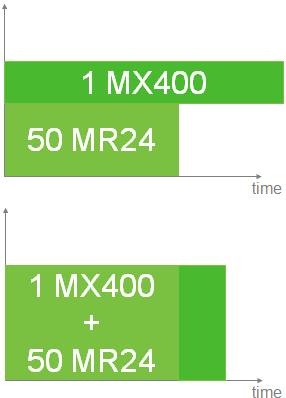
For example, suppose an organization had two separate Enterprise AP licenses, one license for 2x APs spanning one year (365 days) and another for 1x AP spanning five years (1,825 days). The co-termination value would be calculated as ((1825*1)+(365*2))/3= 851 days total for all three APs. So assuming all three licenses were applied on the same day, the organization would have a co-term date of 851 days from the start date of the licenses.
Licensing Model Similarities
-
Customers are able to maintain a shared expiration date across all of their devices/products within an organization in both licensing models
-
All Meraki core products function in both models. Some additional products (such as Meraki wireless with Umbrella) are only offered on the per-device licensing model
-
Customers purchase licenses for both models in the same way (i.e. the same SKU)
-
The price of licenses remains the same between the two models
-
Customers receive a single license key and order number in each model
-
MX devices must have organization-wide Advanced Security or Enterprise Security licensing in both licensing models
Licensing Model Differences
|
Per-device licensing |
Co-termination licensing |
|---|---|
|
Maintain a single or multiple separate expiration dates for devices in an organization. |
Maintain a single expiration date for all devices in an organization. |
|
Devices maintain a unique, device-specific expiration date. |
The expiration date is determined by weighing the amount of remaining time (value) across all licensed products in an organization. |
|
Only devices out of license compliance are deactivated. |
The entire organization is deactivated for any license compliance issue. |
|
Upon license expiration, customers can renew licenses individually or en masse. |
Upon license expiration, a customer must purchase a renewal license for all devices in an organization. |
Cisco Meraki Firewall
| Cisco Meraki Small Firewall | Cisco Meraki Medium Firewall |
|
Cisco Meraki MX Advanced Security License & Support-1 Day –
|
Cisco Meraki MX Advanced Security License And Support, 3YR – |
Cisco Meraki MX Advanced Security License And Support, 5YR –
|
Cisco Meraki MX Advanced Security License And Support, 7YR –
|
 Firewall Security Company India Complete Firewall Security Solutions Provider Company in India
Firewall Security Company India Complete Firewall Security Solutions Provider Company in India

